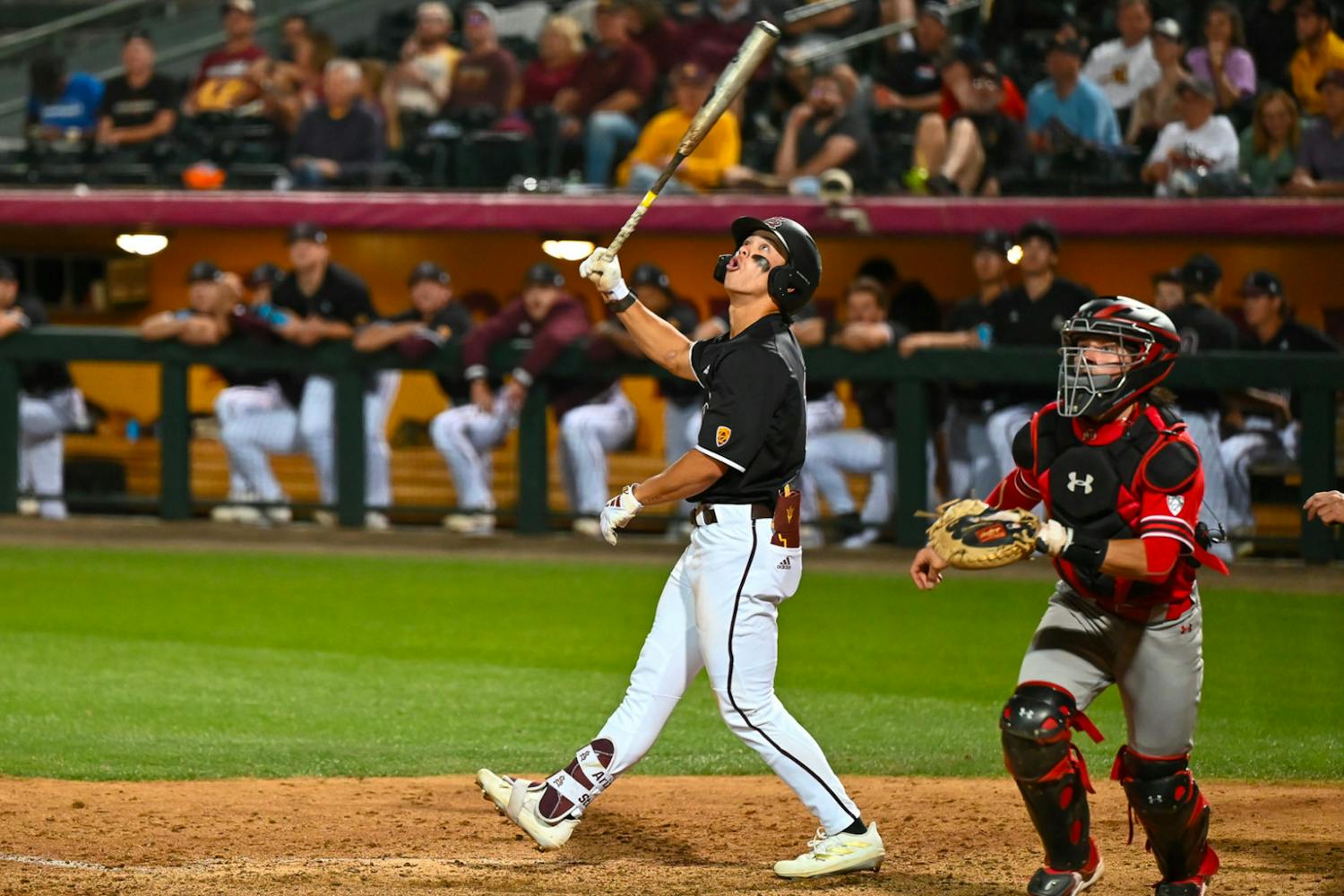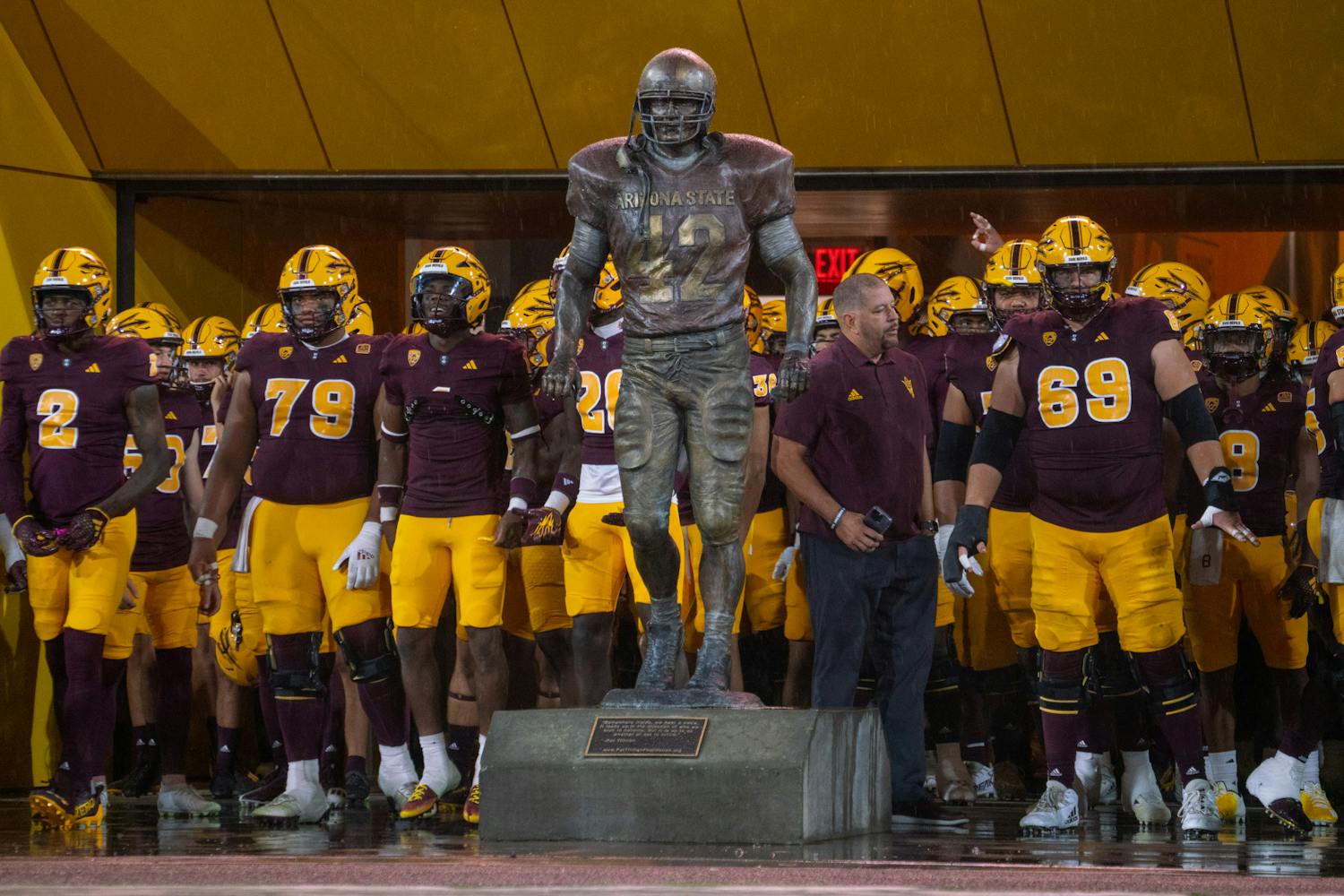Thanks to a major spat over financial details, the lockout-shortened 2011-12 NBA season was one of the most grueling schedules in league history. After the two sides finally came to an agreement, the league announced it would start a 66-game season on Christmas day.
This was great news for both the players and fans, but not everything that came with the announcement was good. In fact, as the season came to a close, its flaws became apparent.
In order to fit all 66 games in before the playoffs began on April 28, the league had to get creative with its scheduling. This included much more back-to-back games, and several back-to-back-to-back games for each team. This wouldn't be a big problem if the players were finely-tuned basketball machines, but they're not. They're human. If players take months off after a normal season because of wear and tear, imagine the aches and pains of compacting the season into an even more intense version.
If memory serves, I have never seen a team play three straight games — occasionally tossing in traveling in between games — in recent years, let alone multiple times throughout the season.
This season, we saw four players end their seasons with ACL tears: the Chicago Bulls' Derrick Rose, the New York Knicks' Iman Shumpert, the Minnesota Timberwolves' Ricky Rubio and the Oklahoma City Thunder's Eric Maynor.
These injuries, sustained by some of the league's up-and-coming stars, cannot be totally attributed to the shortened season. In the wake of Rose and Shumpert's early exits from the playoffs, Dr. David Altchek from the Hospital of Special Surgery in New York said wear and tear and overuse is not generally a contributing factor to ACL tears.
Unfortunately for the league, the fans won't ever agree.
The NBA can throw statistics around all day, but the fact of the matter is fans need a scapegoat. Even if there were less injuries this season than in past years, those upset with the loss of one of their favorite players are going to try and find some explanation for why this happened.
If the NBA wants to reach a higher level of viewership, it simply cannot afford more than just a few fans believing decisions made by front office executives caused career-altering injuries.
Many people opposed to the NBA's regular 82-game season have made claims that the season is simply too long. After all, why else would San Antonio Spurs coach Gregg Popovich routinely rest his older players on the second night of back-to-back games?
Why else are attendance numbers in December and January consistently lower than at the beginning and end of the season? Why else would players and coaches downplay the significance of midseason games in post-game press conferences?
If you found yourself nodding your head in agreement to any of those statements, shame on you.
The reason attendance numbers are low is because the common fan has an incredibly short attention span. The reason players don't treat every single game as if it was game seven of the NBA Finals is because not every game has severe postseason implications.
In short, it's impossible to give 100 percent mental and physical focus for an entire season, even if it's shortened. So why shake things up now?
The 82-game season has been tried and tested. It works. There is a reason why the league didn't stick with the 50-game season after the 1998-99 lockout. There is a reason why there hasn't been any public talk of switching things up. The saying goes, “If it ain't broke, don't fix it.” Well, David Stern, it ain't broke, so don't fix it.
Reach the columnist at tpaxton@asu.edu



